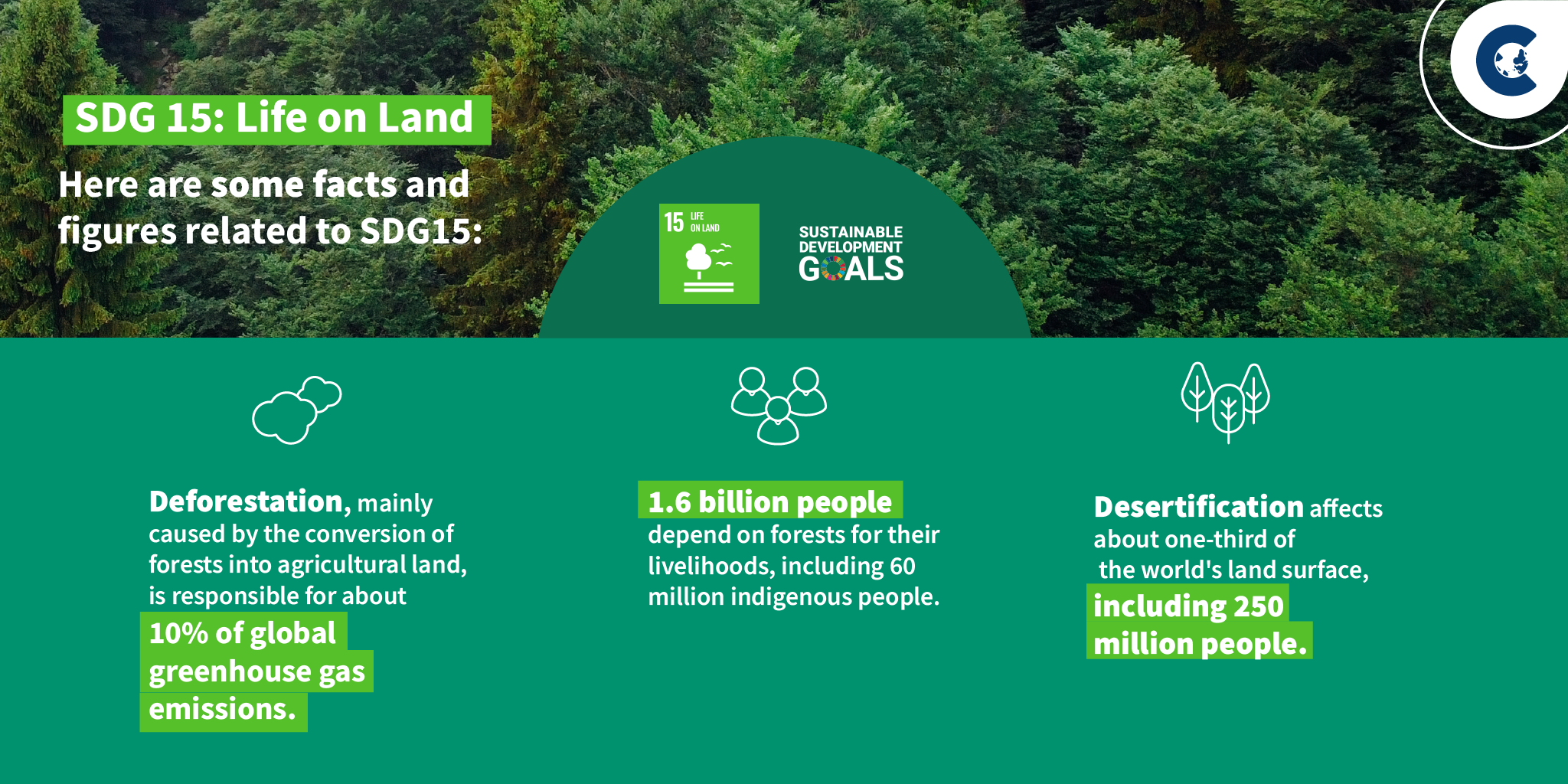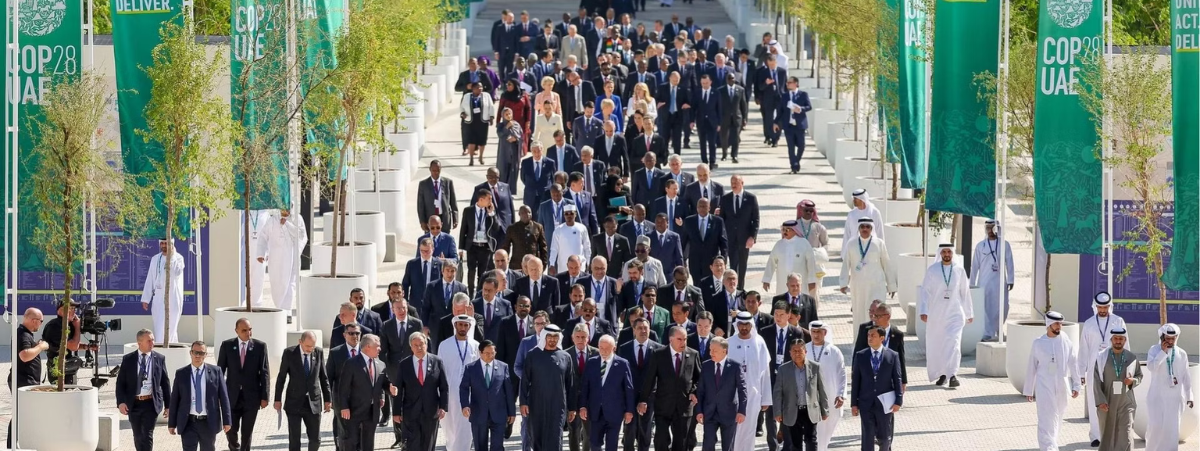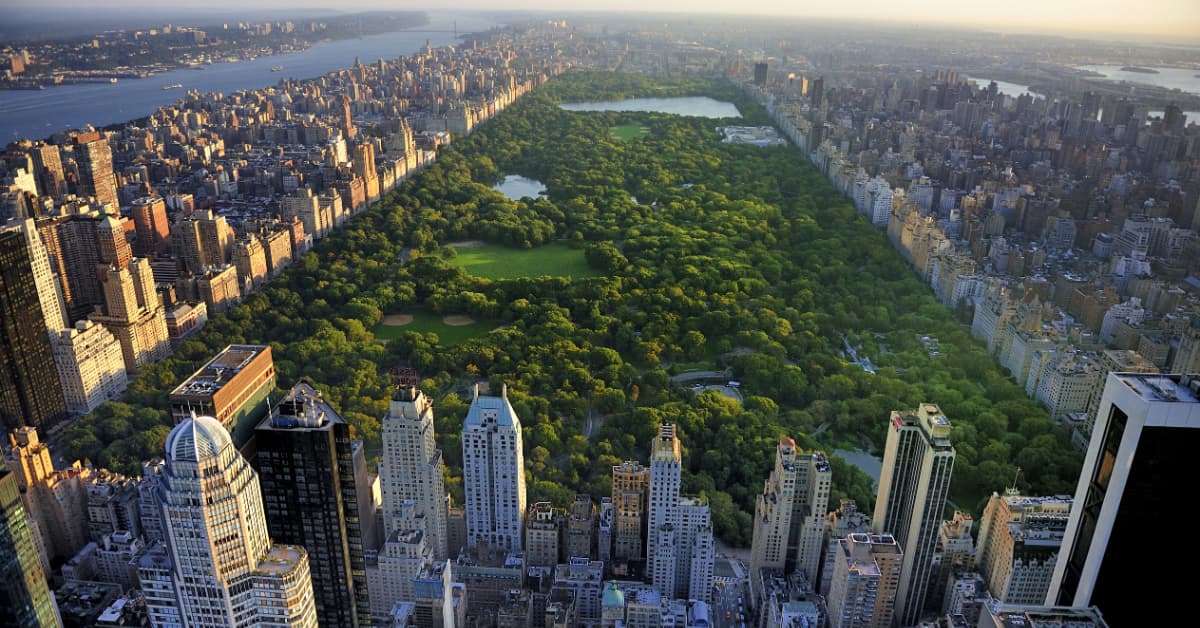Slowing down global warming hinges on stopping deforestation while embracing natural climate solutions holds the potential to generate fresh avenues of income as global carbon markets develop further.
According to McKinley Sustainability Insights, every year approximately ten million hectares of land – an area roughly the size of South Korea – are deforested, mainly to clear land for commercial or subsistence agriculture. Forestry and other land use accounts for nearly 14 percent of annual global CO2 emissions, 5 percent of methane emissions and 5 percent of nitrous oxide emissions.
Forests play a crucial role in maintaining the health of our planet.
They provide numerous environmental, social, and economic benefits, including carbon sequestration, habitat preservation, soil erosion control, and timber production. However, due to deforestation and various human activities, the world has witnessed a significant decline in forest cover over the years. Last month Reuters reported that Deforestation in Brazil’s Amazon rainforest rose 14% in March from the previous year, “This rise in numbers reveals that the Amazon still suffers from a huge lack of governance and that the new government needs to act urgently to rebuild its capacity for repression to environmental crime” said Marcio Astrini, head of the local environmental group Climate Observatory.
To counteract this loss, two key approaches have emerged: afforestation and reforestation. While these terms are often used interchangeably, they represent distinct strategies aimed at restoring forested areas. Let’s delve into the difference between afforestation and reforestation and understand their significance in combating deforestation.

Afforestation refers to the process of establishing forests in areas where there were no previous forest cover.
It involves planting trees in barren lands or converting non-forest areas into forested landscapes. Afforestation initiatives are typically undertaken on degraded lands, such as abandoned agricultural fields, open grasslands, or arid regions, where forests have been absent for a considerable period. The objective is to create new forests, which can help mitigate the adverse effects of deforestation, contribute to biodiversity conservation, and improve the overall ecological balance.
Afforestation projects often involve careful planning and selection of tree species that are well-suited to the local climate, soil conditions, and ecological requirements. The process may also include measures to restore the fertility of the land, such as soil conditioning, erosion control, and water management. Additionally, afforestation initiatives may incorporate native plant species to promote biodiversity and provide habitat for wildlife.
On the other hand, reforestation involves replanting trees in areas that were previously forested but have experienced deforestation or forest degradation. Reforestation aims to restore the original forest cover that has been lost due to natural disasters, logging, or other human activities. This process focuses on regenerating and rehabilitating forests that have suffered damage, ensuring the recovery of the ecosystem and its functions.
Reforestation efforts involve the planting of trees in areas with depleted or disturbed forest ecosystems.
The choice of tree species for reforestation projects is influenced by factors such as the original forest composition, ecological conditions, and the desired restoration outcomes. Moreover, reforestation may also involve measures to promote the natural regeneration of forests by allowing the ecosystem to recover through natural processes, such as seed dispersal by wind, water, or animals.
Both afforestation and reforestation are critical strategies for addressing deforestation and promoting sustainable land use. They contribute to carbon sequestration, which helps mitigate climate change, as forests act as carbon sinks by absorbing atmospheric carbon dioxide. Moreover, forests play a vital role in supporting biodiversity, providing habitat for numerous plant and animal species.
Explore and contribute to reforestation projects on the ClimateTrade Marketplace
It is important to note that afforestation and reforestation are not standalone solutions to deforestation. They should be accompanied by efforts to address the root causes of forest loss, such as unsustainable logging practices, agricultural expansion, and illegal deforestation. Furthermore, community engagement, land-use planning, and sustainable forest management are crucial elements for the long-term success of afforestation and reforestation initiatives. Both strategies are vital for mitigating climate change, conserving biodiversity, and ensuring the sustainable use of natural resources. By understanding their differences and implementing them effectively, we can work towards the restoration and preservation of our precious forests.
Opportunities that exist between forest protection and the carbon market
Protecting and restoring forests can provide valuable opportunities for businesses that are looking to reduce their environmental impact and show the world they are stepping up. By purchasing carbon credits from reforestation and afforestation projects, companies can take steps toward their net-zero commitments. The world’s biggest companies have already pledged 0.2 gigatons of CO2 in carbon credits by 2030. The carbon market is currently worth $2 billion dollars, but this is set to grow to $250 billion by 2050. The cost of carbon credits has significantly increased in recent years due to growing global awareness and commitment to mitigating climate change, the price is only set to increase as the market demand increases, making it a worthwhile investment today in order to support sustainable practices and contribute to a greener future.
By taking action today, we can make a significant impact on the future of our environment. Join us on a journey to restore and revitalize our forests by visiting the ClimateTrade Marketplace. Your support will directly contribute to reforestation projects that combat climate change, protect biodiversity, and empower local communities. Together, we can create a greener and more sustainable world. Let’s embrace this opportunity and make a difference. Visit ClimateTrade today and be a part of the solution.







